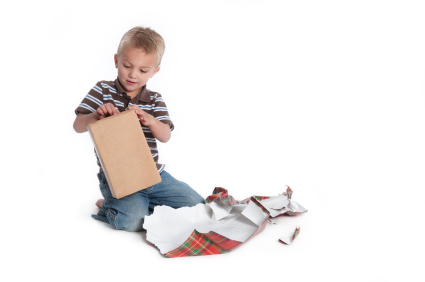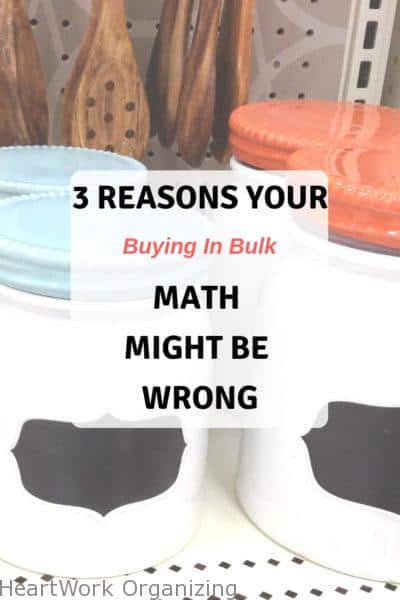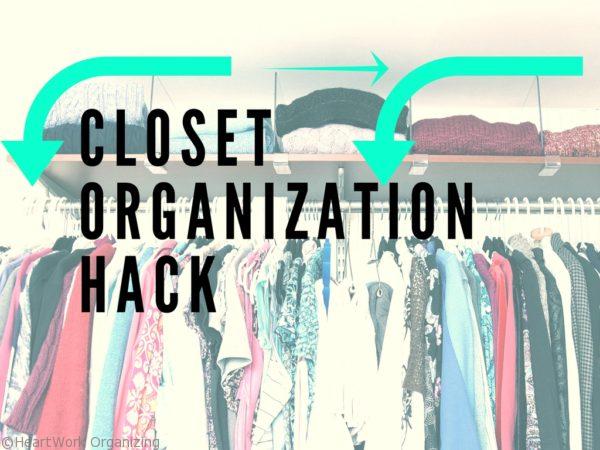Have your kids’ toys, books and games taken over your home, multiplying at a furious pace and spreading like wildfire through every room? If you answered an emphatic “yes!” it’s time to think about creating an inviting play area that your children and their stuff can call home.
Location, Location, Location
First, carefully determine the best location for your playroom. For very young children, it should be where your child will be close to you — not in the basement.
“Young kids won’t want to be down there. They want to be where mom is most of the time,” says Deborah Gussoff, a nationally recognized professional organizer and owner of In Order, a full-service organizing consulting firm. Instead, she says, consider a little-used room on the first floor, such as a formal living or dining room.
If your playroom must be in the basement, Gussoff recommends adding a workstation with a desk and computer so that you can work while your children play. Conversely, older children and teens will adore the idea of a play and recreational area far away from mom and dad.
Even if you don’t have space for a separate playroom, it’s still possible to create a distinct play area within a larger space, and well worth the effort. “There might be an alcove or niche you can use,” Gussoff points out. For integrated spaces, she recommends using rolling shelving that can be turned toward a wall and wheeled out for playtime. “You can do faux finish painting on the back so it looks like a decorative part of a den or living room,” she suggests.
Decorating Pointers
Once you’ve chosen your playroom space, it’s time to think about decorating. Be sure to let the kids provide some input; they’ll enjoy the room even more if they have a role in the design process.
A good place to start is choosing a color scheme. “Pick a color that’s universal — for boy or girl — and make it cheery,” advises Karen Alessi, allied member, American Association of Interior Designers.
“Kids like bright colors and glowy colors like golds and yellows,” she says. Alessi suggests painting the walls one color and the ceiling another for a fun, funky look. She also likes self-adhering decorative decals, which are easily removed as children get older.
Another option is creating a wall-size chalkboard using blackboard paint. “It’s a wonderful idea because this is not something you would have in a family room, “Alessi says. “And when the kids are older, you can paint right over it.
Proper lighting is a crucial, and often overlooked, component of playroom décor. “It’s important, even when kids are little, that they can see well and don’t get frustrated,” Alessi points out. She recommends overhead and track lighting rather than standing lamps, which can be dangerous if knocked over.
Fun and Functional
Furniture should be both fun and functional. For young children, a pint-size table and chair set is a must; for older children, a desk/computer station is the way to go. Fun seating such as beanbag chairs or kid-size fold out foam sofas also work well.
Experts recommend maximizing space by installing floor-to-ceiling shelving and/or cubbies to hold books, toys, and games. “I like open shelving, but you can also do shelving that has a combination of open shelves and some that are behind closed doors,” Gussoff says.
“It seems parents are most challenged to find ways to store and adequately house all of the stuff that children accumulate,” says Vasso Jean Unks, marketing director of Rooms to Dream in Cherry Hill, NJ. “They need to be able to store their things vertically as well as horizontally.”
Rooms to Dream offers a series of cubes, doors, bases and desk units that can be stacked and mixed to create combination wall units. Ikea and other furniture stores also offer stack and mix systems.
Floor covering should be comfortable, soft and easy-care. Alessi favors durable, stain-resistant nylon wall-to-wall carpeting to create a warm and cozy atmosphere. “You can throw an area carpet over that to further define the space,” she says.
Storing the Stuff
Once the decorating is complete, it’s time to organize. Begin by grouping toys in categories (dolls, stuffed animals, action figures, etc.) and storing each group separately. “I personally love clear plastic bins that are labeled,” says Gussoff. (For pre-readers, take a Polaroid picture and attach it to the outside of the bin.)
Gussoff recommends “a variety of sizes of plastic containers, some with lids, some open dishpan style for bigger, bulkier things.” Avoid using toy chests; invariably, kids end up dumping them out in search of that elusive toy at the very bottom. Place less popular items, or items that require adult supervision, on the higher shelves. Periodically, rotate appropriate items that are out of reach to lower shelf positions.
Arts and crafts items can be a challenge to organize. Set up a dedicated section of the playroom for these items “using either plastic holders with pull out drawers or plastic shoeboxes with lids, one for crayons, one for markers, another for colored pencils; separate everything but have it all together in the same area,” Gussoff advises.
For tiny items such as beads or sequins, plastic tackle boxes with many small compartments are a great solution. Collections such as Barbie dolls or Beanie Babies can live happily ever after in clear plastic shoe bags with pockets.
Separate and Label
The key, Gussoff stresses, is separating toys and labeling them. “It makes it much easier for kids if they know exactly where things go,” says Gussoff. “If you can say ‘put the blocks back on the block shelf, put all the play food back in the kitchen area, put the crayons back in the crayon bin,’ and give them specific instructions, it can make everybody’s life a whole lot easier.”
Try to regularly clean out and purge unused items. “A lot of kids today have so many toys they really feel overwhelmed,” says Gussoff. She recommends packing one-third of a child’s toys away for six months. If the toys aren’t missed, give them away to a local children’s charity, or try bringing them back a few months later and pack away a new set of items in their place. That way, she says, “Kids have less to focus on at any point, and it feels like Christmas all the time, too.”
Lisa Melillo is a freelance writer.






